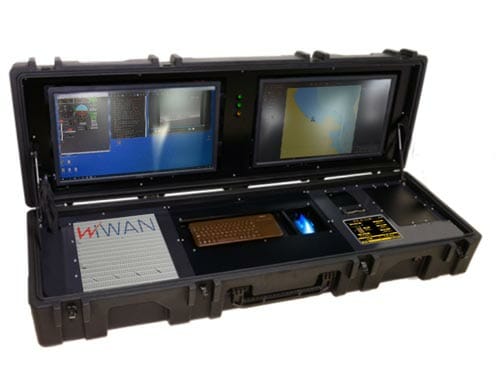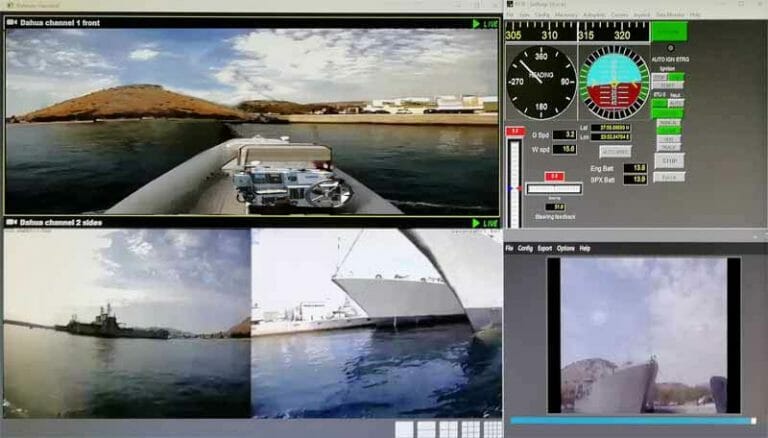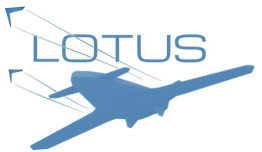USV
Today, the maritime domain has increased significance, since shipping is the heart of the global economy. Nowadays due to its vast size and increasing fleet capacity shipping fleets become targets of dangerous and illicit activities. Major modern threats to maritime security include merchandise robbery, drugs smuggling, illegal migrants, armed attack against ships, sabotage and terrorism.
Unmanned systems have the capability to reduce risk to manned forces, provide the force multiplication necessary to accomplish a wide range of missions, perform tasks which manned vehicles cannot, and do so in an affordable way.
SeaRider

The response of IDE to modern maritime threats is SeaRider, a dual use (manned/unmanned) surface vehicle, entailing all necessary electronics and automation to operate 24/7 even in the most adverse conditions, carrying out a variety of demanding missions.
The SeaRider platform is a harbor class, Cat B (up to 8 Beaufort) Rigid Hull Inflatable Boat (RHIB) equipped with 2 Neoprene tubes and a Mercury 175 HP 6 cylinder 4-stroke XL engine. It incorporates a large waterproof payload room and a steel roll bar which can host a variety of surface sensors and all electronics equipment. SeaRider can operate from either a harbor or a host ship.
The USV operator controls and monitors the SeaRider and its payload from the Control Station which delivers map integration, presentation of information from the engine, navigation equipment and payload, alert, incident and resource management and many other capabilities.
Bi-directional high-speed communication between the Control Station and the USV is achieved over a state-of-the-art wideband UHF Software Defined Radio (WiWAN) system supporting extended telecoms range, dynamically adjustable network topologies, and multiple levels of security (TRANSEC and COMSEC), advanced Quality-of-Service mechanisms and powerful network management.
USV harbor Class Manned / Unmanned
- 6m RHIB Navy Standard
- Multi Support Mission with ISR
- Lethal & Non-Lethal Armament
- Standard Interfaces for fleet support
USVs’ Main Missions & Operations
- Littoral Area persistent surveillance
- Sea Lane persistent surveillance (trading routes)
- Critical Infrastructure Protection (e.g Harbour, Pipeline, Oil Rigs, Submarine cables)
- Mine Detection support
- Law Enforcement (pre-boarding and monitoring operations)
- Maritime Security (interception, neutralization and damage assessment operations)
- Search and Rescue

UAV
LOTUS

The LOTUS project addresses the feasibility, detailed design, prototyping and testing of a low-observable, airworthy and interoperable Tactical Remotely Piloted Aircraft System (TRPAS) targeted at ISR missions. This project aims at addressing an important need of EU Member States which is the capability of TRPAS to operate in contested environments, which is clearly expressed in the Common Operational Requirements agreed upon by the Hellenic, Cypriot and Dutch MoDs who support the project.
The development will include: a mothership TRPAS equipped with ISR sensors, designed for low observability and high endurance, incorporating a self-protection system against enemy threats; a system of tube-launched, foldable-wing drones, deployable from the mothership, while this later remains at a safe distance; on-board sensor data processing capabilities for target detection, recognition, identification and classification; and a ground station which will be designed by the “security-by-design” principles.
The LOTUS project is funded by the European Defense Industrial Development Program (EDIDP) and the MoDs of Greece and Cyprus. The LOTUS consortium is led by IDE (coordinator) and consists of 11 partners from Greece (IDE, Aristotle University of Thessaloniki, ALTUS, CFT, University of Patras and Hellenic Air Force Telecommunications-Electronic Means Plant), Cyprus (SignalGenerix, Cyric, Geoimaging), Spain (Embention) and Holland (RHEA).